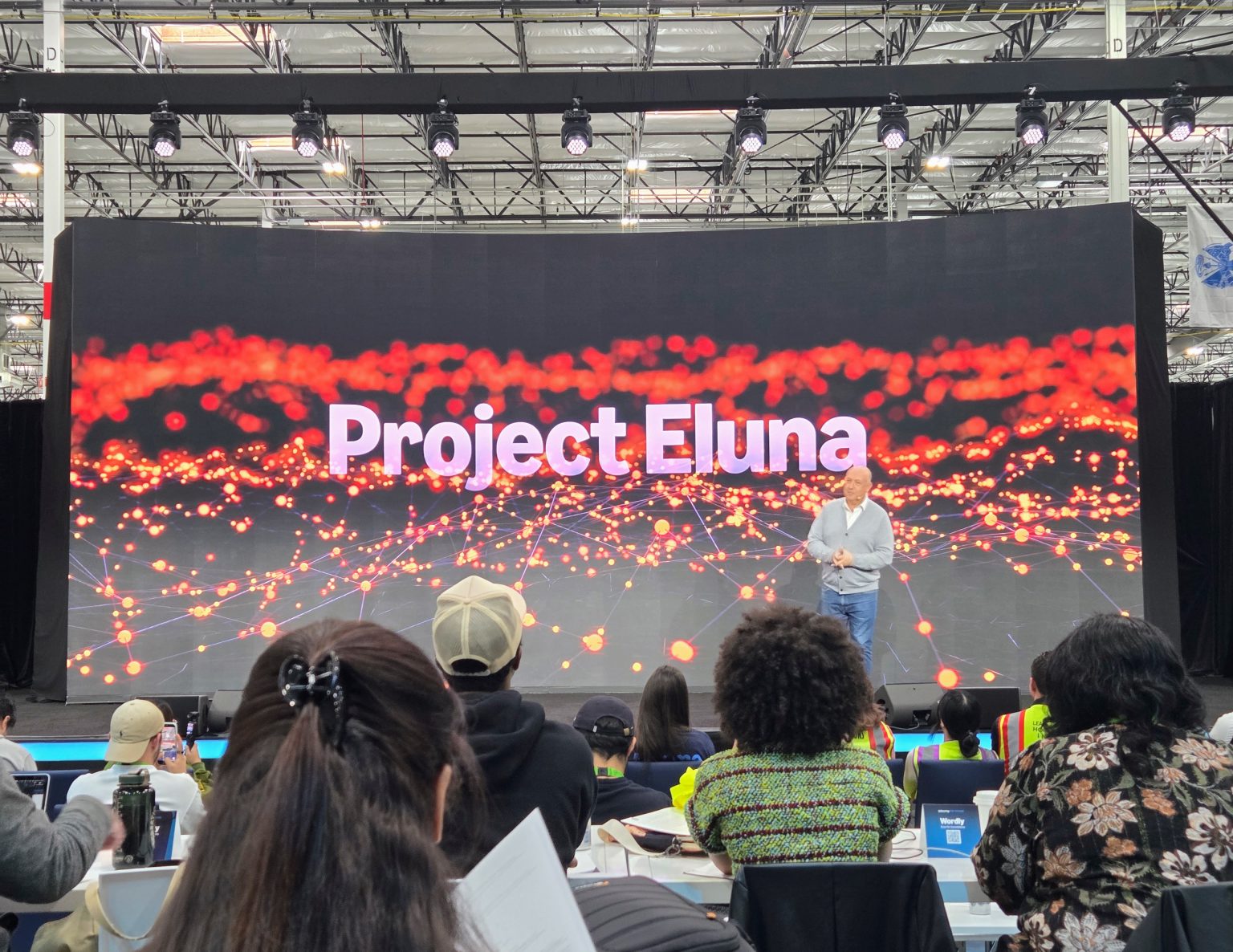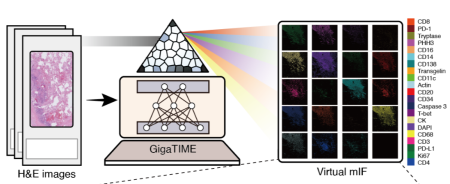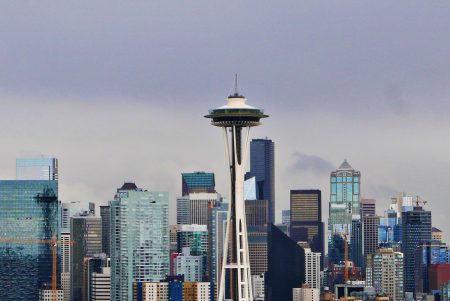Amazon’s Robotic Future: Human-Centered Automation or Job Replacement?
At Amazon’s “Delivering the Future” event in San Francisco this week, the tech giant proudly showcased its latest robotics and AI innovations, framing them as tools designed to enhance warehouse work rather than replace human workers. Tye Brady, chief technologist for Amazon Robotics, unveiled impressive new systems including “Blue Jay,” a coordinated network of robotic arms that can pick, stow, and consolidate items, and “Project Eluna,” an AI assistant for operations teams. Throughout his presentation, Brady emphasized a consistent message: “The real headline is not about robots. The real headline is about people, and the future of work we’re building together.” This human-centered framing portrays Amazon’s technological investments as complementary to workers, removing what Brady described as “menial, mundane, and repetitive” tasks while allowing employees to focus on higher-value work requiring uniquely human skills like reasoning and judgment.
However, this optimistic vision stands in stark contrast to a New York Times report published just a day before the event. The Times cited internal Amazon documents suggesting the company plans to automate as much as 75% of its operations by 2033, potentially avoiding the hiring of more than 600,000 workers even as the business continues to grow. When directly questioned about this report during a press conference, Brady characterized such projections as mere speculation, deflecting by pointing to Amazon’s job creation record over the past decade. He repeatedly stressed that Amazon’s approach is about “augmenting workers, not replacing them” and creating entirely new job categories. To illustrate this point, Brady highlighted Amazon’s new Shreveport, Louisiana fulfillment center, describing it as a highly automated facility that processes orders faster while adding approximately 2,500 new roles that didn’t exist previously.
Yet the Times report painted a different picture of the Shreveport facility, describing it as Amazon’s “most advanced warehouse” that serves as a “template for future robotic fulfillment centers.” According to internal documents cited in the article, automation at this location allowed Amazon to employ about 25% fewer workers last year than would have been required without the new systems. The report further suggested that as more robots are added next year, the company expects to need roughly half as many workers as it would for similar volumes under previous methods. This contradiction highlights the tension between Amazon’s public messaging about augmentation and enhancement versus the efficiency and labor reduction goals detailed in its internal planning documents.
Wall Street analysts are taking these potential workforce reductions seriously, with significant financial implications. A Morgan Stanley research note published the same day as Amazon’s event treated the Times report as credible, noting that Amazon’s reported plan to build around 40 next-generation robotic warehouses by 2027 aligns with their own projected deployment timelines. More tellingly, the investment bank calculated that the efficiency gains could generate between $2 billion and $10 billion in annual savings by 2027. These financial projections suggest that while Amazon publicly emphasizes augmentation and job creation, the market is pricing in substantial labor cost reductions as a key benefit of the company’s automation strategy, creating a disconnect between public messaging and investor expectations.
The language used by Amazon executives at the event closely mirrored internal communication guidance reported by the Times. According to the newspaper, Amazon’s internal documents advised employees to avoid terms such as “automation” and “A.I.” in favor of collaborative language like “advanced technology” and “cobots” (collaborative robots) as part of a broader effort to “control the narrative” around automation and hiring. Brady’s consistent framing of robotics as tools for augmentation rather than replacement followed this pattern precisely. He even expressed dislike for the term “artificial intelligence” altogether, preferring to refer to the technology simply as “machines” and asserting that “intelligence is ours. Intelligence is very much a human thing.” This careful language control suggests a deliberate communications strategy that may obscure the full impact of Amazon’s automation plans.
Amazon’s robotics showcase represents a fundamental tension playing out across the economy: the promise of technology to enhance human work versus its potential to reduce labor needs. While Brady emphatically states “there’s no such thing as 100 percent automation” and insists Amazon is creating “more job efficiency—and more jobs in different pockets,” the internal documents and financial analyses suggest a more complex reality. The company appears to be navigating two parallel narratives—one public-facing story about augmentation and job creation, and another internal strategy focused on labor efficiency and cost savings. For warehouse workers and the broader workforce, the true impact will likely emerge gradually as these sophisticated systems move from demonstration to widespread implementation. The question remains whether Amazon’s technological future will ultimately deliver on Brady’s vision of hope—that technology will genuinely benefit workers—or whether efficiency and cost savings will be the primary beneficiaries of this robotic revolution.















